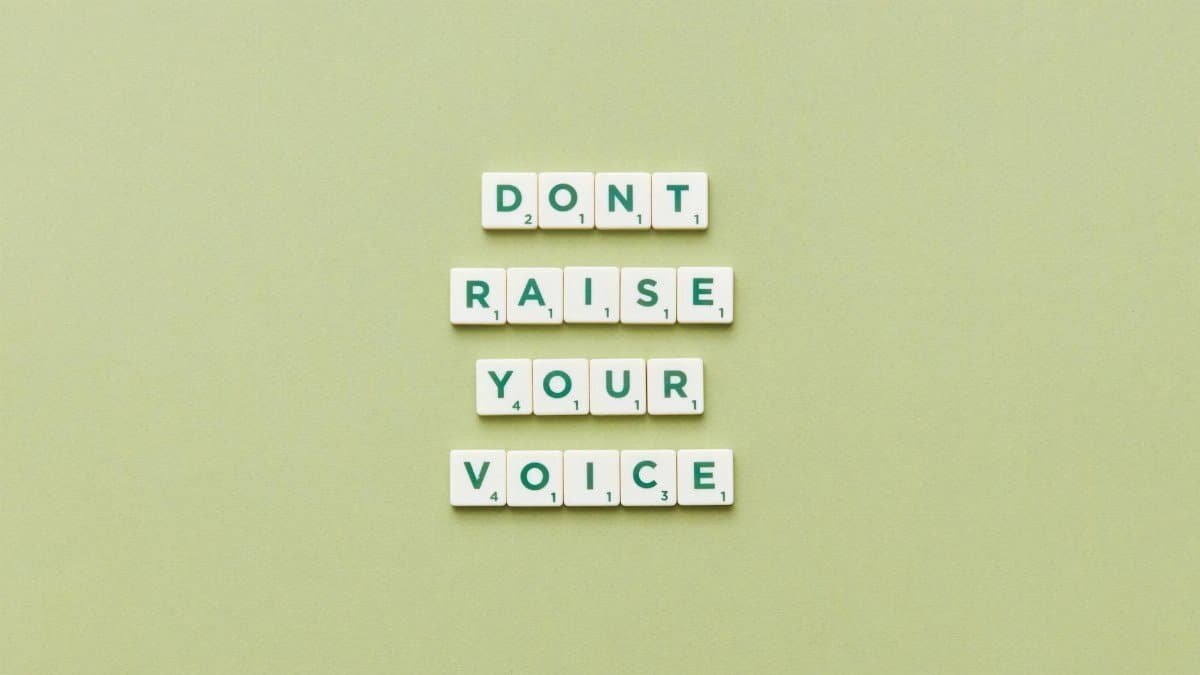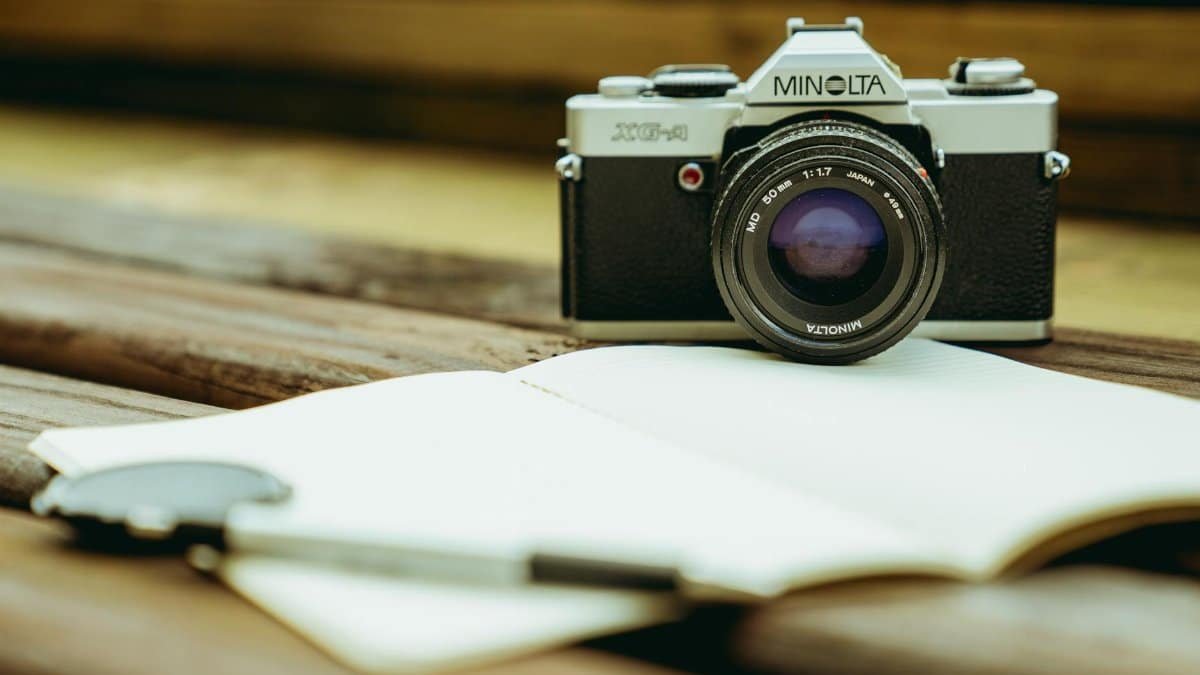In a world where the average American checks their phone over 150 times a day, according to a 2023 report from Reviews.org, it’s no wonder focus feels like a fleeting luxury. Yet, a surprising stat from the National Institutes of Health reveals that consistent meditation practice can enhance attention spans by up to 20 percent in just weeks. This isn’t mere hype; it’s backed by brain imaging studies showing thicker prefrontal cortices in regular meditators. Enter meditation hacks: simple, clever tweaks to traditional techniques that promise laser focus without hours of cross-legged silence. As distractions multiply in 2025’s hybrid work environments, these seven strategies offer practical ways to reclaim mental clarity. From quick breath resets to environmental shields, they adapt ancient wisdom for modern chaos, helping everyday people sharpen their edge amid endless notifications.
1. Anchor Your Breath with Counting

Breath counting stands as one of the most straightforward meditation hacks for building focus. The idea is simple: inhale deeply, then exhale while silently counting each breath up to ten, starting over if your mind wanders. This method draws from mindfulness traditions but adds a numerical tether to keep thoughts from drifting. Researchers at Harvard Medical School have found that such practices activate the brain’s default mode network less, allowing for sharper concentration.Harvard Medical School’s mindfulness research highlights how even five minutes daily can reduce mind-wandering by noticeable margins.
Imagine a busy parent in Chicago, juggling remote calls and school pickups. She starts her day with this hack, sitting quietly in her kitchen. As breaths accumulate, the mental fog lifts, replaced by a steady rhythm. It’s not about perfection; interruptions happen. But returning to the count trains resilience. One anonymous account shared online described it as “rebooting my brain before the chaos hits,” capturing a sentiment echoed in many forums. Over time, this builds a foundation, making focus feel less like a battle and more like a habit.
Variations abound. Some pair counting with visualization, picturing numbers as floating bubbles. Others extend the cycle to twenty for deeper immersion. The key lies in consistency, turning scattered moments into anchors amid daily whirlwinds. Studies suggest this hack particularly benefits those with high-stress jobs, where split-second decisions demand unwavering attention.
2. Scan Your Body for Tension Release

What if the path to laser focus began not in the mind, but in the muscles? Body scan meditation encourages a systematic sweep from toes to head, noting sensations without judgment. This hack releases hidden tensions that sap mental energy, freeing up cognitive resources. A study from the University of Wisconsin-Madison, published in the journal Psychosomatic Medicine, showed participants experiencing reduced anxiety and improved focus after regular scans.University of Wisconsin-Madison’s meditation studies provide evidence of its efficacy in stress reduction.
Picture an office worker in New York, shoulders knotted from hours at a desk. He lies down for ten minutes, mentally traveling up his body, exhaling tightness from calves, then thighs, up to the jaw. Each release feels like shedding weights, clarity emerging in the quiet. It’s a narrative of rediscovery, where physical ease mirrors mental sharpness.
This approach varies by adding affirmations, like silently noting “relax” at each body part. For beginners, guided apps offer structure, but the core remains personal. In 2025, with remote work blurring boundaries, such hacks prove invaluable, countering the burnout that fragments attention. Experts note its role in preventing the afternoon slump, sustaining productivity through subtle shifts.
Yet, challenges arise. Some find the scan reveals discomfort they prefer to ignore, a tension worth exploring. Pushing through builds not just focus, but emotional fortitude, turning potential distractions into stepping stones.
3. Visualize Success in Vivid Detail

Visualization turns abstract goals into tangible scenes, a meditation hack that primes the brain for focus. Close your eyes and paint a detailed picture of achieving a task, engaging all senses. This isn’t wishful thinking; it’s neurological rehearsal. The American Psychological Association references studies where athletes using visualization showed enhanced performance, a principle extending to everyday concentration.American Psychological Association’s mindfulness resources discuss how it strengthens neural pathways for attention.
A student in Los Angeles recalls her exam prep: envisioning the test room, the feel of the pencil, the satisfaction of answers flowing. Distractions faded as this mental movie looped, focus sharpening like a lens. Her story illustrates the hack’s power, transforming dread into directed energy.
Start small, perhaps visualizing a productive hour. Layer in sounds, smells, emotions. For variety, combine with journaling post-session, solidifying insights. In creative fields, this hack sparks innovation, bridging imagination and execution. However, over-reliance can breed perfectionism; balance it with acceptance of real-world messiness.
4. Banish Distractions with a Sacred Space

Hack number four targets the heart of scattered minds: environmental chaos. Create a “sacred space” for meditation, a distraction-free zone that signals your brain it’s time to focus. This could be a corner with plants, soft lighting, and no gadgets within reach. The National Center for Complementary and Integrative Health notes that structured environments enhance meditation outcomes, reducing external interruptions.NCCIH’s guide on meditation emphasizes how such setups improve adherence and benefits.
Consider a freelance writer in Austin, Texas, who transformed a closet into her haven. Cushions, a small altar with meaningful objects, and a strict no-phone rule. As she settles in, distractions evaporate, focus igniting like a match. “It was like drawing a line in the sand against the world’s noise,” she might say, echoing a common thread in shared experiences. This hack banishes not just physical interruptions but mental ones, fostering a ritual that reprograms habits.
Customize it: add ambient sounds or scents that cue calm. For those in shared spaces, portable elements like a specific blanket work wonders. Research indicates this spatial anchoring can cut mind-wandering by half, making it a powerhouse for laser focus. In 2025’s digital deluge, where notifications ping relentlessly, this boundary-setting becomes essential, empowering users to reclaim their attention economy.
Of course, perfection isn’t required. Even imperfect spaces evolve, teaching adaptability. The real magic lies in the intention, turning ordinary spots into fortresses of concentration.
5. Time Your Sessions with Pomodoro Twists

Integrate meditation into work sprints using a Pomodoro-inspired hack: meditate for five minutes between 25-minute focus blocks. This resets the mind, preventing fatigue. A report from the Mayo Clinic supports brief mindfulness breaks for sustained attention.Mayo Clinic’s mindfulness exercises detail how short sessions build long-term focus.
An entrepreneur in Seattle weaves this into his routine, emerging from each mini-meditation refreshed, ideas flowing anew. It’s a dance of effort and ease, where pauses amplify productivity. Online, one user noted the shift from exhaustion to empowerment, a relatable pivot in high-demand lives.
Adapt by varying meditation styles per break, keeping it fresh. This hack suits multitaskers, bridging productivity tools with inner calm. Yet, rigidity can backfire; flexibility ensures it enhances rather than constrains.
6. Incorporate Mantras for Mental Anchoring

Mantras provide a verbal anchor, repeating a phrase like “focus now” to reel in wandering thoughts. This hack, rooted in ancient practices, modernizes with personalized affirmations. Stanford University’s research on self-talk shows it boosts cognitive control.Stanford University’s meditation studies reveal structural brain changes from consistent use.
A teacher in Boston uses “clarity arises” during grading marathons, distractions dissolving with each utterance. Her experience underscores the hack’s simplicity and strength, a quiet rebellion against overload.
Experiment with rhythms or pairings with breath. In group settings, shared mantras foster collective focus. Amid 2025’s uncertainties, this tool offers stability, grounding users in the present.
7. Leverage Tech for Guided Focus Boosts

Finally, apps and wearables guide meditation, tracking progress and customizing hacks. Tools like Headspace offer focus-specific sessions, blending technology with tradition. A Pew Research Center survey indicates rising adoption of wellness apps among Americans.Pew Research Center’s tech trends note the growth in digital health tools, though this links to broader digital behaviors; for meditation specifics, it’s a gateway.
A remote worker in Denver relies on notifications for daily prompts, building habits that stick. It’s a fusion of old and new, where data informs intuition.
Choose apps wisely to avoid added distractions. This hack democratizes access, making laser focus achievable for all. As trends evolve, it promises ongoing refinement, adapting to individual needs.
